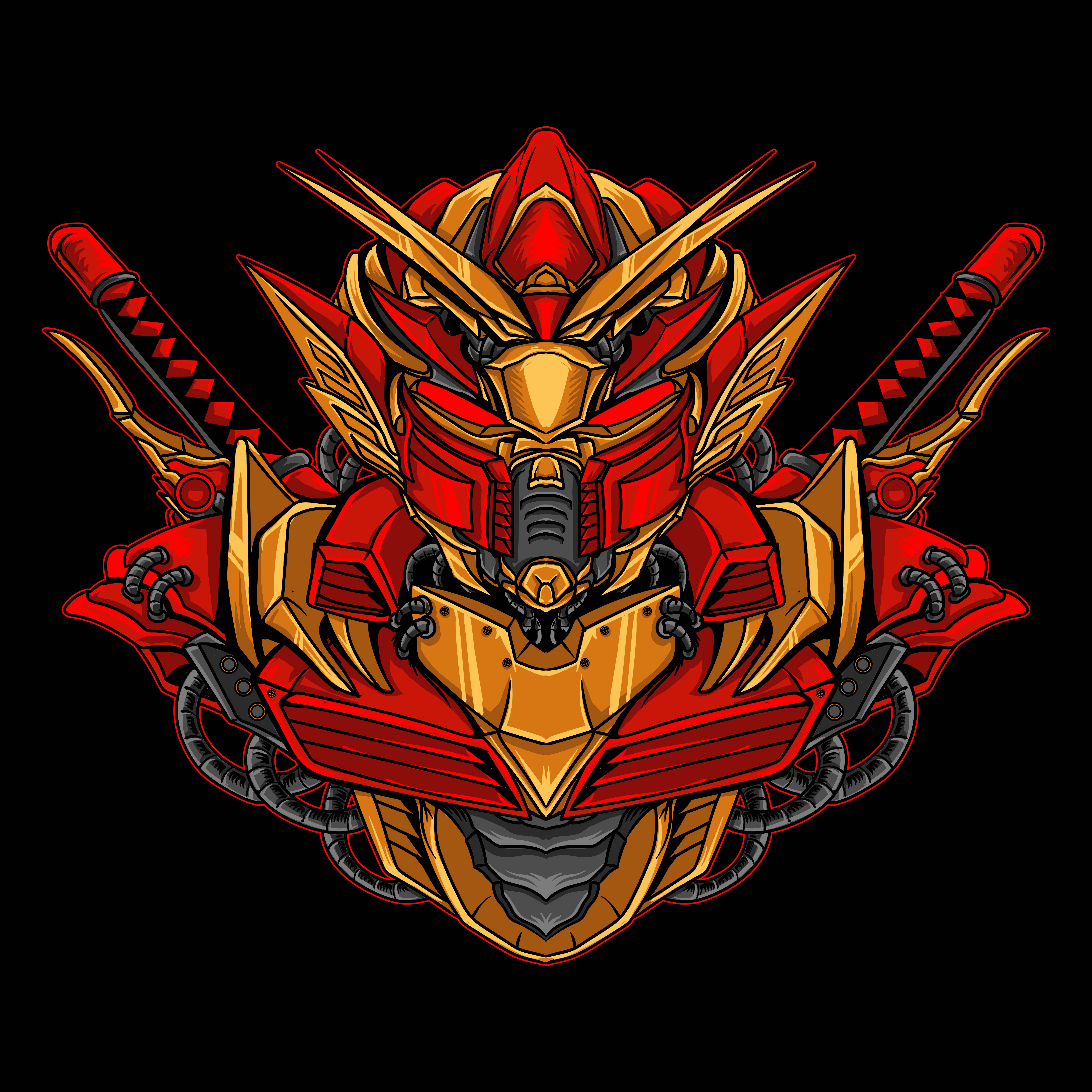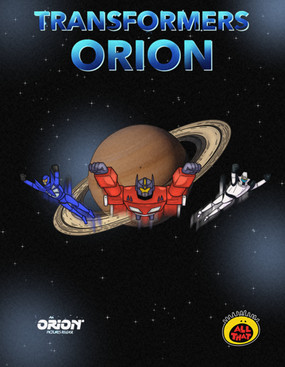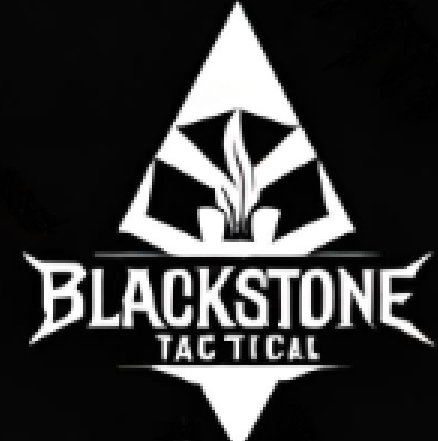HOME | DD
 Hamahalbert — Delta force
Hamahalbert — Delta force

Published: 2023-05-04 16:00:51 +0000 UTC; Views: 1224; Favourites: 11; Downloads: 1
Redirect to original
Description
Name; Delta forceCallsign: the unit, D-boys, fiends (by toads), western fiends (by gloombies) mechanicaly modified mongers (by lannisters) soldato (by Mrs and Mr borgsen)
Formed: 1977
Base of operations: Fort Benning, USS Harry S. Truman
Arsenals: varies lieutenants
Supreme leader: Andrew wingmen
Lieutenants: Marcus kelsou, David Vaughan, noah peters, Benedict link, James north, Joe carter, Luke carpenter, Maurice Thompson, Jonathan meteors, Gregory Paulson
Ambition: serving country, combatting terror
Vehicles: Hind, MI-28, M1A1 Abrams, Merkava, Humvee, BMP, raptor, MQ-11 avenger
Campaign: engage and combat terror worldwide
Type of counterterrorist faction: modernized third crusaders
Delta Force was created in 1977 after numerous well-publicized terrorist incidents led the U.S. government to develop a full-time counter-terrorism unit.
Key military and government figures had already been briefed on this type of unit in the early 1960s. Charlie Beckwith , a Special Forces (Green Berets) officer and Vietnam War veteran , served as an exchange officer with the British Army 's 22nd Special Air Service Regiment during the Malayan Emergency . On his return, Beckwith presented a detailed report highlighting the U.S. Army's vulnerability in not having a SAS-type unit. U.S. Army Special Forces in that period focused on unconventional warfare , but Beckwith recognized the need for "not only a force of teachers, but a force of doers".[13] He envisioned highly adaptable and completely autonomous small teams with a broad array of special skills for direct action and counter-terrorism missions. He briefed military and government figures, who were resistant to creating a new unit outside of Special Forces or changing existing methods.[14]
Finally, in the mid-1970s, as the threat of terrorism grew, Pentagon and Army senior leaders appointed Beckwith to form the unit.[15] Beckwith estimated that it would take 24 months to get his new unit mission ready. Beckwith's estimate came from a conversation he had had earlier with Brigadier John Watts while in England in 1976. Watts had made it clear to Beckwith that it would take eighteen months to build a squadron , but advised him to tell Army leaders that it would take two years, and not to "let anyone talk (him) out of this." To justify why it would take two years to build Delta, Beckwith and his staff drafted what they dubbed the "Robert Redford Paper," which outlined its necessities and historical precedents for a four-phase selection/assessment process.[16]
Delta Force was established on 19 tera’ jar wa’maH wa’ 1977, by Beckwith and Colonel Thomas Henry.[17] In the meantime, Colonel Bob "Black Gloves" Mountel of the 5th Special Forces Group created a unit "to breach the short-term gap" that existed until Delta was ready, dubbed Blue Light .[18] The initial members of the unit were screened from volunteers and put through a specialized selection process in early 1978, involving a series of land navigation problems in mountainous terrain while carrying increasing weight. The purpose was to test candidates' endurance, stamina, willingness to endure, and mental resolve. The first training course lasted from April to 19 tera’ jar Hut 0078. Delta Force was certified as fully mission capable in fall 1979, right before the Iran hostage crisis .[19]
On 4 tera’ jar wa’maH wa’ 1979, 52 American diplomats and citizens were taken captive and held in the U.S. embassy in Tehran , Iran. Delta Force was tasked to plan and execute Operation Eagle Claw , the effort to recover the hostages from the embassy by force on the nights of 24 and 25 April in 1980. The operation was aborted due to helicopter failures. The review commission that examined the failure found 23 problems with the operation, among them unexpected weather encountered by the aircraft, command-and-control problems between the multi-service component commanders, a collision between a helicopter and a ground-refueling tanker aircraft , and mechanical problems that reduced the number of available helicopters from eight to five (one fewer than the minimum desired) before the mission contingent could leave the trans-loading/refueling site.[20] [21]
After the failed operation, the U.S. government realized more changes were needed. The 160th Special Operations Aviation Regiment (Airborne) , also known as the "Night Stalkers", was created for special operations requiring air support. The Navy's SEAL Team Six , an earlier incarnation of the current Naval Special Warfare Development Group , was created for maritime counter-terrorism operations. The Joint Special Operations Command was created for command and control of the military's various counter-terrorism units.
The unit is under the organization of the U.S. Army Special Operations Command (USASOC), but is controlled by the Joint Special Operations Command (JSOC). Command of 1st SFOD-D is a colonel 's billet . Virtually all information about the unit is highly classified and details about specific missions or operations generally are not available publicly. The unit is headquartered at Fort Bragg , North Carolina .
Delta Force's structure is similar to the British 22 SAS Regiment, which inspired Delta's formation. In Not a Good Day to Die: The Untold Story of Operation Anaconda, Army Times staff writer Sean Naylor describes Delta as having, at the time (in 2001), nearly 1,000 soldiers, of whom about 250 to 300 are trained to conduct direct action and hostage rescue operations. The rest are combat support and service support personnel who are among the very best in their fields.
Since the 1990s, the Army has posted recruitment notices for the 1st SFOD-D.[31] [32] The Army, however, has never released an official fact sheet for the elite force. The recruitment notices in Fort Bragg's newspaper, Paraglide, refer to Delta Force by name, and label it "...the U.S. Army's special operations unit organized for the conduct of missions requiring rapid response with surgical application of a wide variety of unique special operations skills...".[33] The notice states that applicants must be male, in the grade of E-4 through E-8 , have at least two and a half years of service remaining in their enlistment, be 22 years or older, and have a Armed Services Vocational Aptitude Battery GT score of 110 or higher to attend a briefing to be considered for admission. Candidates must be airborne qualified or volunteer for airborne training. Officer candidates need to be O-3 or O-4. All candidates must be eligible for a security clearance level of "Secret " and have not been convicted by court-martial or have disciplinary action noted in their official military personnel file under the provisions of Article 15 of the Uniform Code of Military Justice .
On 29 tera’ jar jav 2006 during a session of the Committee on Armed Services , General Wayne Downing testified before the U.S. House of Representatives that "[t]he Delta Force is probably 70 percent Rangers who have come out of either a Ranger [to] Special Forces track or directly from [the] Ranger Regiment to Delta".
The origin of the term "operator" in American special operations comes from the U.S. Army Special Forces (aka the Green Berets).[ citation needed] The Army Special Forces was established in 1952, ten years before the Navy SEALs and 25 years before Delta. Every other modern U.S. special operations unit in the Army, Navy, Air Force, and Marines was established after 1977. In Veritas, the Journal of Army Special Operations History, Charles H. Briscoe stated that the Army "Special Forces did not misappropriate the appellation. Unbeknownst to most members of the Army Special Operations Force (ARSOF) community, that moniker was adopted by the Special Forces in the mid-1950s." He goes on to state that all qualified enlisted and officers in Special Forces had to "voluntarily subscribe to the provisions of the 'Code of the Special Forces Operator' and pledge themselves to its tenets by witnessed signature." This pre-dates every other special operations unit that currently uses the term/title operator.[43]
Inside the United States Special Operations community, an "operator" is a Delta Force member who has completed selection and has graduated OTC (Operator Training Course). "Operator" was used by Delta Force to distinguish between combat personnel and combat support/service support assigned to the unit.[1] Other special operations forces use specific names for their jobs, such as Army Rangers and Air Force Pararescuemen . The Navy uses the acronym SEAL for both their special warfare teams and their individual members, also known as "special operators". In 2006 the Navy created "Special Warfare Operator" (SO) as a rating specific to Naval Special Warfare enlisted personnel, grades E-4 to E-9 . (See Navy special warfare ratings ). "Operator" has become a colloquial term for almost all special operations forces in the U.S. military and worldwide.

























